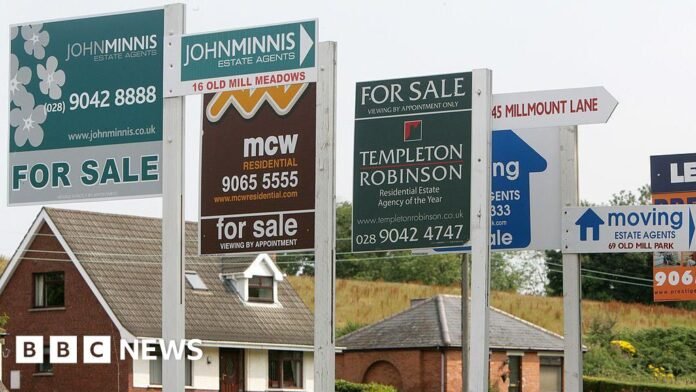Houses in religiously mixed areas of Northern Ireland sell for an average of 10% more than equivalent properties in more segregated areas, new research suggests.
Economists gathered a combination of data from the PropertyPal website, property title deeds and archival sources.
They then used statistical techniques to isolate the impact of the “diversity premium”.
The study concluded that a key reason for the price premium is those areas is that they can attract a broader spectrum of potential buyers.
A summary of the analysis has been published by the National Institute for Economic and Social Research (Niesr).
It says: “When a neighbourhood appeals to a broader section of society, homes become easier to sell, reducing the risk associated with property investment.
“Moreover, multicultural neighbourhoods often boast better schools, public services, and opportunities for social interaction, indicators of the positive spill overs of cultural diversity.”
The researchers note that the relationship between cultural diversity and house prices is complex.
They say that “historically, research suggested people often prefer living near others like themselves,” a phenomenon known as homophily.
“In more culturally diverse areas, differences in cultural attitudes and norms can lead to lower levels of social cohesion and cooperation, or even – in rare cases competition and conflict.”
They suggest their research helps presents a more nuanced picture adding: “The attractiveness of multicultural areas suggests that encouraging diversity could be a powerful policy tool to regenerate neighbourhoods, improve public services, and foster social integration.”
The research was conducted by Rachel Cho, Hisham Farag, Christoph Görtz, Danny McGowan, Huyen Nguyen and Max Schröder.




